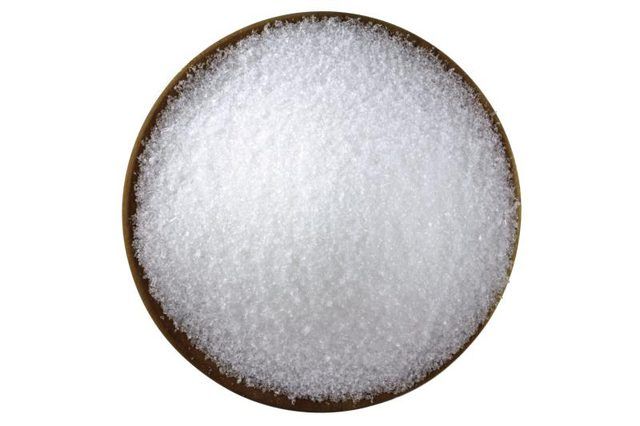Bulbs
Flower Basics
Flower Beds & Specialty Gardens
Flower Garden
Garden Furniture
Garden Gnomes
Garden Seeds
Garden Sheds
Garden Statues
Garden Tools & Supplies
Gardening Basics
Green & Organic
Groundcovers & Vines
Growing Annuals
Growing Basil
Growing Beans
Growing Berries
Growing Blueberries
Growing Cactus
Growing Corn
Growing Cotton
Growing Edibles
Growing Flowers
Growing Garlic
Growing Grapes
Growing Grass
Growing Herbs
Growing Jasmine
Growing Mint
Growing Mushrooms
Orchids
Growing Peanuts
Growing Perennials
Growing Plants
Growing Rosemary
Growing Roses
Growing Strawberries
Growing Sunflowers
Growing Thyme
Growing Tomatoes
Growing Tulips
Growing Vegetables
Herb Basics
Herb Garden
Indoor Growing
Landscaping Basics
Landscaping Patios
Landscaping Plants
Landscaping Shrubs
Landscaping Trees
Landscaping Walks & Pathways
Lawn Basics
Lawn Maintenance
Lawn Mowers
Lawn Ornaments
Lawn Planting
Lawn Tools
Outdoor Growing
Overall Landscape Planning
Pests, Weeds & Problems
Plant Basics
Rock Garden
Rose Garden
Shrubs
Soil
Specialty Gardens
Trees
Vegetable Garden
Yard Maintenance
How to Mix Epsom Salts as a Fertilizer
How to Mix Epsom Salts as a Fertilizer. Epsom salts, or magnesium sulfate, offer a simple and affordable way to add magnesium and sulfur, two elements essential for plant health, to the soil. The inexpensive product is available at any drugstore and is usually mixed with water and then used as either a soil drench or a foliar spray. How Epsom salts...

Epsom salts, or magnesium sulfate, offer a simple and affordable way to add magnesium and sulfur, two elements essential for plant health, to the soil. The inexpensive product is available at any drugstore and is usually mixed with water and then used as either a soil drench or a foliar spray. How Epsom salts are mixed and applied depends on the specific need, and the results you get may vary.
Benefits of Use
Adding Epsom salts has proved beneficial in cases of magnesium-deficient soil. In some cases this is just the result of the soil makeup and is common in very light or sandy soils. It can also be a condition that occurs as a result of heavy rainfall or watering to the point that the magnesium is leached from the soil. In such cases Epsom salts can restore magnesium to the soil. The salts may also boost the growth of roses, peppers, tomatoes, lawns and other plants.
Correcting Magnesium Deficiencies
If your plants develop leaves that are yellow in the areas between the veins, a condition known as interveinal chlorosis, it may be due to a lack of magnesium in the soil. It’s possible to correct such a deficiency with Epsom salts. Experts at Auburn University’s Department of Horticulture recommend mixing 1/2 to 1 full ounce of Epsom salts in 3 gallons of water and applying it to the soil.
Epsom Salts for Boosting Roses
Brenda Larson of the North Carolina State University Cooperative Extension points out that Epsom salts can be used to boost the growth of roses. She advises gardeners to mix 1/2 cup of Epsom salts into enough water to dissolve the salts and use the mixture to water the roses early in the spring. A mixture of 1 tablespoon of Epsom salts and 1 gallon of water can be sprayed on roses as a foliar fertilizer once every two weeks during the growing season, but avoid spraying on sunny days or the plants may burn.
Epsom Salts for Other Plants
A "Green Mountain Gardener" article in the University of Vermont Extension’s summer newsletter states that peppers and tomatoes can benefit from the addition of Epsom salts. Combine 1 tablespoon of Epsom salts with a gallon of water and spray the plants with it when they are first transplanted, when they first flower and when they set fruit. Epsom salts can also be applied directly to lawns to help them grow greener. Dissolve 2 tablespoons of the crystals per gallon of water and apply it to your lawn, using enough of the mixture to wet the entire lawn. Follow up with a thorough soaking using nontreated water to ensure the salts sink into the soil. You can also use a spreader, applying about 3 pounds of Epsom salts per 1,250-square-foot area.